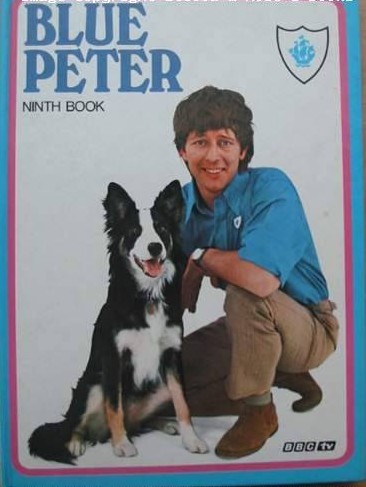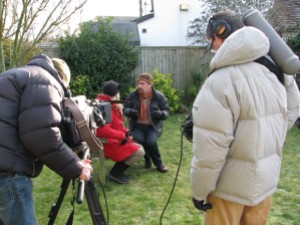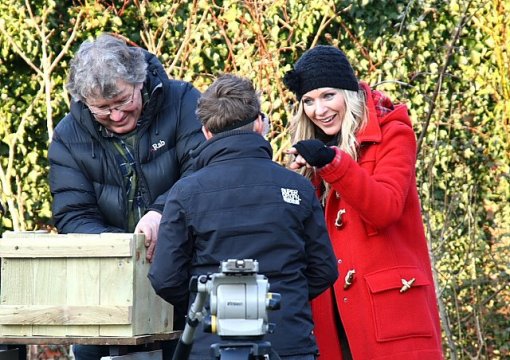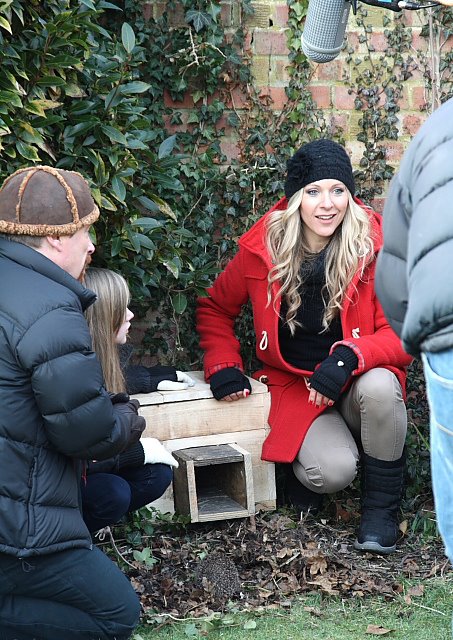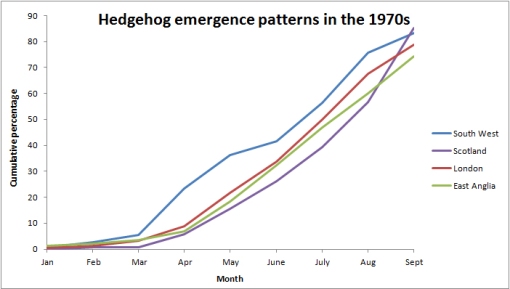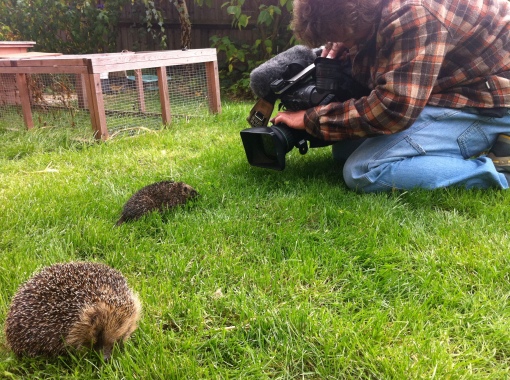‘The Great Myth of Urban Britain’ was the headline from BBC Home editor Mark Easton’s piece published on 28th June. In the article he argued that conservationists are too pessimistic, and that if you look carefully at the real data, things are not that bad, really.
He starts with a question that will probably flummox most urban-dwellers – what percentage of England is covered in concrete and tarmac? Go on, have a guess ….
You were probably wrong … using as his source the UK National Ecosystem Assessment (2011), he points out that just over 2% of the country is built on … and goes on to say, “According to the most detailed analysis ever conducted, almost 98% of England is, in their word, natural.”
At the very least this strikes as counter-intuitive – but then looking at the figures he gives, well, it becomes strangely convincing. Does this mean we have cause for celebration? Have the doom-mongers from the conservation groups been winding us up with their intimations of impending disaster?
In a word, no.
I could spend hours deconstructing each and every component of the argument that has allowed Easton to his dramatically, and I would say dangerous, conclusion. But I will use a different ploy … it will come as no surprise to regular readers of this blog that I have, over the years, learned to shift my perspective a little – as I say in The Beauty in the Beast (quoting someone I can’t remember right now, but if you can, let me know) – ‘never underestimate the revolutionary potential of seeing things from a different perspective’. Shift your point of view to that of a hedgehog, for example, and the deliriously upbeat tone of Easton’s article begins to seem less like a scientific analysis and more like a hack writing what he wants to see on the page.
There are two major errors that have resulted in his excitement … and I admit I have not read every word in report from which he takes his lead, so it is possible that he is reporting and amplifying an error already in place.
First, ‘natural’? Throughout the 87 pages of the summary document there are as many references to ‘semi-natural’ as there are to ‘natural’. I think he might be conflating a little. More importantly, what is natural? Are we looking for areas that are untouched? I think we would be lucky to find 2% unmodified by human action. What degree of intrusion is acceptable for the ‘natural’ tag to remain? In Easton’s argument, the yellow deserts of oil seed rape and the alien fir-tree plantations are bracketed with the last pockets of primeval forest.
And the second mistake is to ignore hedgehogs. The years I have spent worrying over the state of Britain’s hedgehogs has allowed me to see clearly that while habitat loss is definitely a problem, it is only one part of the problem. Most critical is the way that the habitat is fragmented. At its most simple this is a very human-scale problem.
Imagine your garden is the most wonderful wildlife friendly garden. Birds flock to the feeders, dragonflies emerge from your pond (that comes complete with ramps to allow hedgehogs to escape), your compost heap houses bumblebees even more effectively than the bee-hotels you have erected. And in the evening you delight in the bats as they flit in your carefully darkened garden. But you still have no hedgehogs or toads and are getting frustrated at their obvious lack of taste … and then you look at your garden, at the concrete footings that you put in to hold the new fence and it dawns on you – they cannot get in! So, taking a lead from the wonderful Hedgehog Street, you set to work opening up your garden, and talking to your neighbours and then their neighbours and then the street is suddenly a wonderful space for hedgehogs and toads and all the other non-flying wildlife.
But the problem for hedgehogs, and so much of our biodiversity, is far bigger than the gardens that have become so many species sanctuary. We have fragmented the landscape on a massive scale, creating ever smaller pockets of habitats. The fragmentation is caused, most obviously, by roads; their presence and the volume of traffic, (and it is not just hedgehogs that suffer, small birds and butterflies are so buffeted as to be prevented from crossing the arterial routes). And the fields of oil seed rape, which Easton is happy to embrace as natural, can act as just such an effective barrier to movement. As do the fields now denuded of their hedges. Or the hillsides covered in a heavy fir coat.
So why is Easton’s piece so damaging? Because people will want to believe it. And the report from which it was taken has as its main aim an attempt to truly place a value on what we have so that it will be better treated – but when couched in such simplistic terms the authorities will simply grasp with glee the opportunity to argue that ‘increased development cannot be a bad thing, because, look we have so much natural land to spare. And it is only a few ecological eccentrics who are trying to obstruct us from building our way to a brighter future …’
In reality, there is no ‘natural’. But there are areas of wonderful wildlife value that needs our continued protection and this article must not be allowed to sway those who hold the reins of the developers. There is a fight coming, I feel it, between those demanding growth and those resisting growth.
One day, perhaps, economists will be taught the simplest lessons of ecology. After all, as Satish Kumar pointed out in a lecture I heard, they spring from the same word, ecos, or oikos, meaning home. They refer to the management and the study of our home, the planet. But management by economists must not be allowed to take place without the understanding of ecologists. To allow this to happen results in the sort of madness that this article presents.





